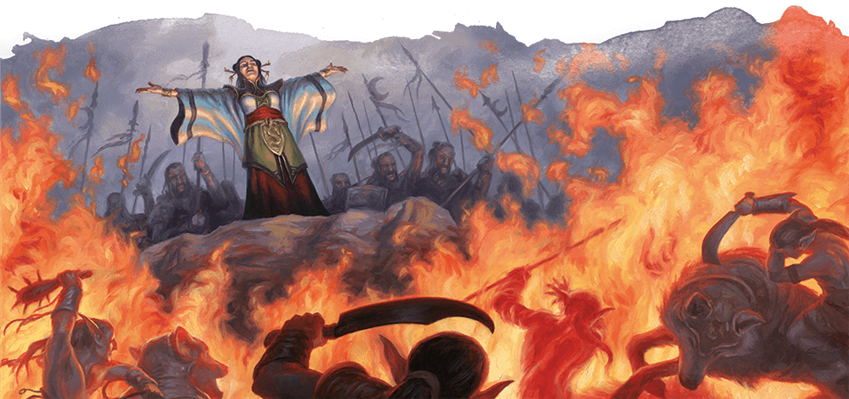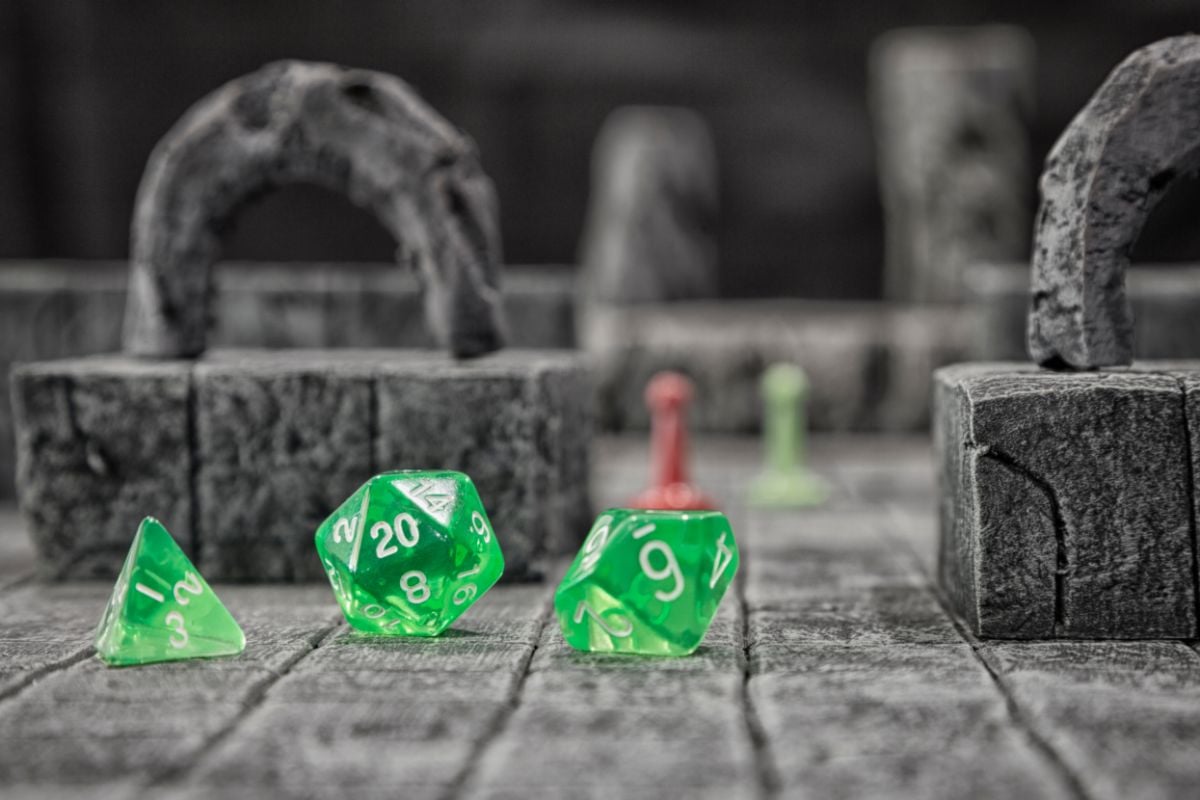Let’s describe a scenario. You’re in a game of D&D and you’re in combat. Things aren’t going well. There’s a dragon before you and it takes a swipe at you! It hits, and you have nothing to counter it.
The DM calculates the damage and it’s easily enough to kill your character. It seems as if all hope is lost for you.
But then you remember you have a resistance! It’s something you forget about, but you’re sure it might be something that can save your life.
But how exactly do resistances work, what exactly is damage resistance and how can it be used in combat to save your character’s life?
If you’re wondering about this, then you’ve come to the right article! In the guide below, we’re going to be telling you everything you’ll need to know about damage resistance and what it might mean for your character, especially in combat situations within the 5th Edition of Dungeons and Dragons.
We’ve also made sure to include a short FAQ that will help answer some other common questions you might have around this issue.
Damage Types
Before we go into resistance, it’s first vital to understand how damage works in D&D. At the most basic level your character (or any nonplayer character) has a pool of health points.
These points are decreased by damage, increased with healing spells, potions, or rests, and if they drop to 0 then a character will have a chance of dying. But it’s a little deeper than this because there are different types of damage.
There are lots of different types of damage types in D&D and these differ because there are all kinds of different weapons, spells, and abilities within the game. These types include slashing, piercing, force, cold fire, radiant, thunder, poison, and necrotic.
Depending on your character, your weapons, and your abilities, you might have an inherent resistance to various forms of damage. For example, Dragonborn usually has resistance to an element depending on their color.
What Is Damage Resistance?
Before we go into more detail about how damage resistance works within 5th Edition, let’s first look at what damage resistance is in its base form.
Resistance to a type of damage means that you will take much less damage when your character interacts with it.
In short, resistance is what we use to describe a Player Character, Non-Player Character, or creature taking half damage from a specific type of damage.
It’s important to note that resistance isn’t just a singular thing, but there are different types of resistance depending on the damage type.

How Is Damage Resistance Calculated?
If a creature of any kind has resistance, it means that any damage of that type done to them will be halved. For example, if a character has a resistance to fire damage, then any fire damage done to them is halved against them.
So how do you calculate this? It’s not all that complicated. Let’s say you’re about to take 20 points of fire damage, but have resistance – all you have to do is half it down to 10. So in the end you will only take 10 points of fire damage.
But what if it’s not an even number? What if you take 9 points of fire damage? Well, then all you do is round the damage down. So that nine would become 4 instead of 5. This works out well for you as the player!
So Does Resistance Affect All Damage Or Just Individual Instances?
It can get a little more complicated, however, when you have monsters who have multi-attack abilities. For example, imagine you’re in combat against a troll who swings two clubs at you. The first hit you for bludgeoning damage, and the second does the same.
Do you half the total damage here? One by one? Or can you only resist one attack? This is the kind of small question that can affect the ultimate outcome of a battle!
The first thing you need to know is that the official rules under ‘Resistance and Vulnerability,’ it states ‘Resistance and then vulnerability are applied after all other modifiers to damage.’ This generally means that you will roll attacks individually.
You calculate damage, then modifiers, then resistance or vulnerability modifiers. And you do this for each individual attack. This is because different attacks can have different modifiers depending on their damage type.
Final Thoughts
Resistance is a fairly simple thing to work out, but there are a few occasions where you’ll have to look a little closer at the rules.
Hopefully, this article has given you some insight into what damage resistance is and how it can be used to benefit you the next time you’re facing down a dragon with nothing else to save you!
Frequently Asked Questions
What Is Vulnerability In D&D?
Vulnerability is almost like the opposite of D&D. You’re more likely to encounter this with enemies that you’re fighting against, rather than something your own character might have.
In the reverse of how to calculate resistances, to calculate a vulnerability the attack damage is doubled. For example, if you roll a fire attack against an ice elemental and calculate 10 points of damage because it is vulnerable to fire you will end up doing 20 instead.
What Kind Of Damage Does My Weapon Inflict?
This depends entirely on the weapon you’re using! For example, if you’re using a spear, then you are likely to inflict piercing damage.
Similarly, if you’re using a saber, then it’s much more likely to be slashing damage! This is the same with spells. A fireball is going to inflict fire damage, so on and so forth!






